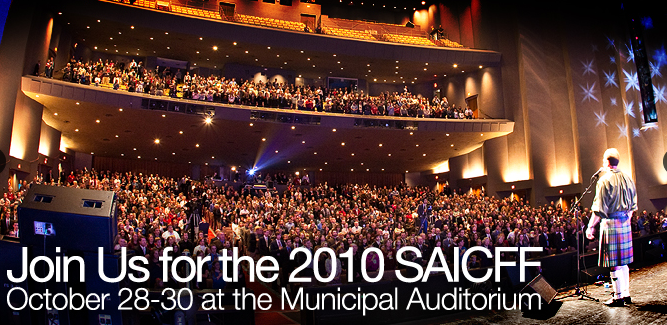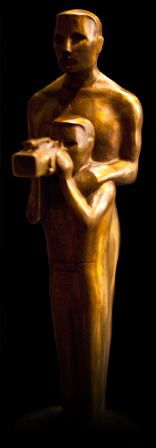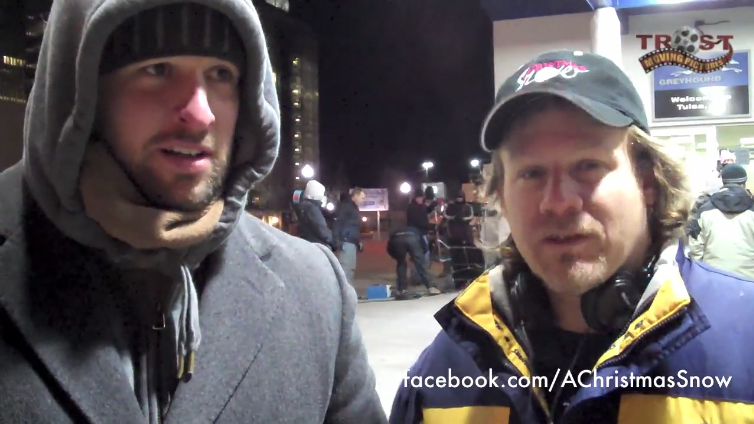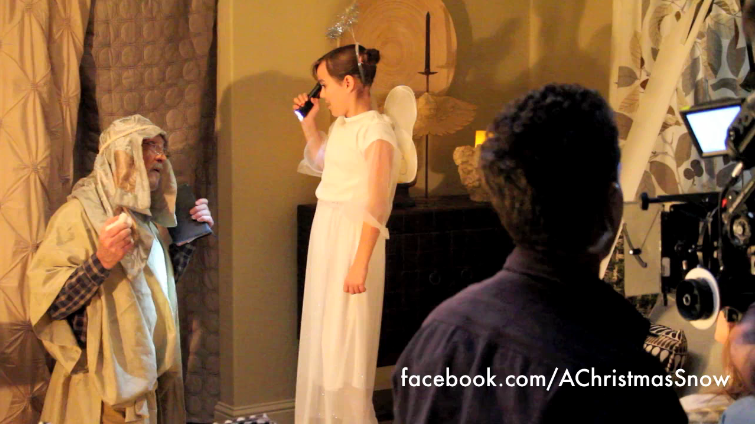 "In the twentieth century, no man did more to shape the values of family culture for good or evil than Walt Disney. As a motivator, innovator, and filmmaker, his efforts impacted millions across the globe through his movies, theme parks, and television shows. Disney’s work helped to define the literary and cultural sensibilities of a generation of American children and introduced enduring and iconic expressions of childhood that remain with us to this day.
"In the twentieth century, no man did more to shape the values of family culture for good or evil than Walt Disney. As a motivator, innovator, and filmmaker, his efforts impacted millions across the globe through his movies, theme parks, and television shows. Disney’s work helped to define the literary and cultural sensibilities of a generation of American children and introduced enduring and iconic expressions of childhood that remain with us to this day.
Yet, despite his far reaching influence, Christians have not thoroughly evaluated the worldview and accomplishments of Walt Disney from a biblical perspective. In these three powerful messages presented by Doug Phillips, Geoff Botkin, and Isaac Botkin, the listener is treated to a never-before-heard professional insight, filling that void by providing a theological critique of Disney’s legacy, offering independent filmmakers and families important lessons to be learned from Walt’s victories and failures.
Right up until Walt Disney’s death, the nineteenth-century culture of small town America was very dear to his heart, and this ideal served as his touchstone during the cultural turmoil and decline of the twentieth century. In the small community of Marceline, Missouri, Walt was shaped by sensibilities of grateful immigrants, industrious farmers, and conscientious schoolmasters. Veteran filmmaker Geoff Botkin explores Disney’s nineteenth century values—what he terms as “Walt’s ethical default position”—and makes this observation that only by understanding Disney’s core commitments will modern filmmakers be able to rightly understand his cultural achievements and legacy.
Isaac Botkin brilliantly explains that the Christian film pioneers of the twenty first century must learn from the Disney legacy’s of entrepreneurial success in a highly competivive industry. Find out what Disney wanted his staff to be and how he led them through habits of command that set technical and story standards that have yet to be surpassed."
Titles include:
- Symposium on Disney, Film and American Culture: A Theological Critique, by Doug Phillips
- The Life and Times of Walt Disney: Understanding Walt's 1899 Ethical Default Position, by Geoff Botkin
- The Rise and Fall of the Disney Studio: The Objective Pursuit of Quality in the Development of Art and Story, by Isaac Botkin
-
DOWNLOAD HERE -



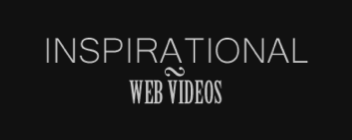

 Post a Comment
Post a Comment